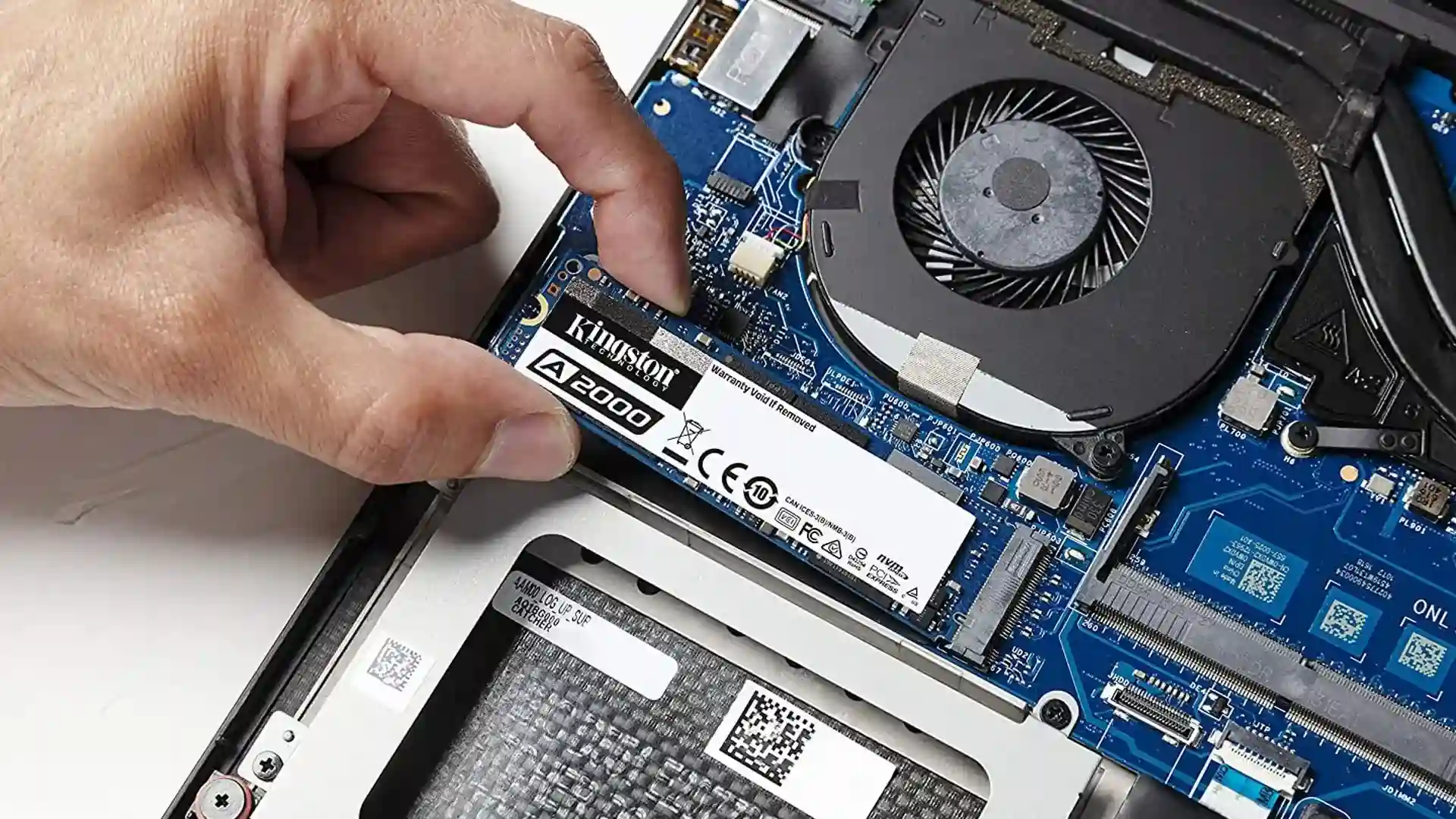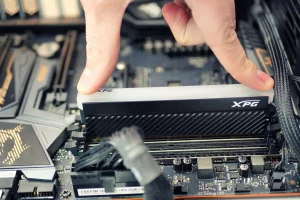When upgrading electronic devices or PC components, ensuring compatibility is key to preventing system issues and maximizing performance. By strategically assessing system requirements, performance goals, and budget constraints, individuals can select upgrades that seamlessly integrate and enhance their devices. But how can one navigate the complexities of compatible upgrades effectively?
Key Takeaways
- Assess system bottlenecks and evaluate usage patterns to prioritize upgrades and define desired outcomes.
- Research compatible upgrade options using online resources, considering performance, warranty, and cost.
- Ensure seamless integration by planning and executing the upgrade process meticulously, minimizing downtime.
- Avoid incompatible upgrade mistakes by checking system requirements, compatibility, and power supply limitations.
- Allocate a budget and establish a cost-benefit ratio to determine the return on investment (ROI) of each upgrade.
Understanding Upgrade Compatibility Issues
One common pitfall that can render an upgrade ineffective is the failure to guarantee compatibility between new and existing components, a mistake that can result in system crashes, data loss, or even complete system failure. Guidance on Choosing Compatible Upgrades is essential to guarantee seamless integration and maximum performance.
Identifying Your Upgrade Needs
To determine the most important upgrade path, it’s vital to conduct a thorough assessment of your system’s current capabilities and pinpoint areas where improvements can yield the greatest performance gains.
- Assess system bottlenecks: Identify components hindering performance, such as outdated RAM or underpowered CPUs.
- Evaluate usage patterns: Determine how you utilize your device to prioritize upgrades that address specific needs.
- Determine upgrade goals: Define desired outcomes, such as increased storage or improved graphics capabilities.
- Establish a budget: Allocate resources for upgrades, considering cost-benefit ratios and ROI.
Researching Compatible Upgrade Options
With a clear understanding of your system’s upgrade needs, the next step is to research harmonious upgrade options that align with your goals and budget. Utilize online resources, such as manufacturer websites, forums, and review platforms, to gather information on harmonious upgrades. Consider factors like compatibility, performance, and warranty when evaluating options, ensuring seamless integration with your existing system.
Avoiding Incompatible Upgrade Mistakes
To prevent costly and time-consuming setbacks, it is important to identify and avoid common pitfalls that can lead to incompatible upgrade mistakes. Failing to do so can result in wasted resources and compromised system performance.
Here are some common mistakes to avoid:
- Ignoring system requirements: Make sure the upgrade is compatible with your system’s architecture and operating system.
- Overlooking compatibility issues: Confirm that the upgrade is compatible with existing hardware and software components.
- Disregarding power supply limitations: Make sure the power supply can handle the increased power requirements of the upgraded components.
- Neglecting to back up data: Always back up critical data before performing an upgrade to prevent potential losses.
Ensuring Seamless Upgrade Integration
To guarantee a hassle-free upgrade experience, it is crucial to meticulously plan and execute the integration process, considering the intricate interactions between the upgraded components and the existing system architecture. By following guidance on selecting compatible upgrades, you can secure a seamless integration, minimizing downtime and optimizing system performance.
Frequently Asked Questions
What Is the Best Way to Check for BIOS Updates for New Hardware?
To check for BIOS updates for new hardware, visit the motherboard manufacturer’s website, navigate to the support or downloads section, and enter the motherboard model to access available updates and follow the installation instructions carefully.
Can I Mix and Match Components From Different Manufacturers?
When mixing and matching components from different manufacturers, confirm compatibility by verifying specifications, such as socket type, chipset, and power requirements, to avoid potential incompatibility issues and guarantee seamless system integration.
Will Upgrading My RAM Increase My Computer’s Processing Speed?
Upgrading RAM can improve computer performance by increasing memory bandwidth, but it may not directly increase processing speed, which is primarily dependent on the CPU’s clock speed and architecture.
Do I Need to Reinstall My Operating System After a Hardware Upgrade?
In most instances, reinstalling your operating system after a hardware upgrade is not mandatory, but it relies on the specific upgrade and compatibility with your existing system configuration and installed software.
Can I Upgrade My Laptop’s Graphics Card to a More Powerful One?
Upgrading a laptop’s graphics card is typically not recommended, as it’s often soldered to the motherboard, making replacement complex and potentially damaging to the system; instead, consider purchasing a laptop with a more powerful graphics card or exploring external graphics processing units.
Conclusion
Effective upgrade selection hinges on a thorough understanding of system requirements, performance goals, and budget constraints. By methodically evaluating current bottlenecks, analyzing usage patterns, and defining clear objectives, successful upgrade strategies can be devised. Through meticulous research and consideration of compatibility, warranty, and integration factors, users can guarantee harmonious upgrades that boost performance and functionality without compromising system stability.
Also read: Advantages of Collaborative Workspaces











